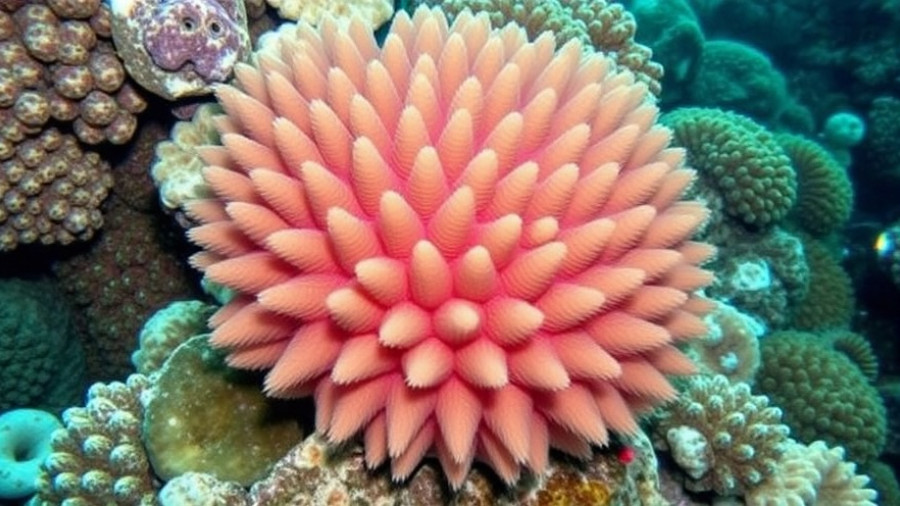
Tipping Point for Florida's Coral Ecosystems
In an alarming turn of events, two vital coral species in Florida, known as elkhorn and staghorn corals, have been deemed "functionally extinct" following an unprecedented marine heatwave that devastated their populations. According to recent studies published in the journal Science, these corals, which have thrived for over 10,000 years, are no longer capable of performing their essential roles within the ecosystem due to extreme heat stress triggered by climate change.
The research highlights that mortality rates for elkhorn and staghorn corals reached an astounding 98% to 100% across surveyed sites in the Florida Keys and near the Dry Tortugas. The catastrophic outcome of this heatwave, which elevated water temperatures to their highest levels in over a century, serves as a stark warning for coral reefs worldwide, which are facing similar threats.
Understanding Coral Bleaching and Its Implications
Coral bleaching occurs when corals, stressed by high temperatures, expel the symbiotic algae that provide them with color and energy. This not only weakens the corals but also sets off a cascade of ecological consequences that extend far beyond the reefs themselves. As the report from NOAA indicates, over 84% of the world’s reefs have been impacted by heat stress in recent years, raising concerns about the global health of these crucial marine systems.
With the disappearance of these corals, critical habitat for marine life is lost, threatening fish populations that depend on these environments for shelter and food. This, in turn, jeopardizes local communities that rely on fishing and tourism, underscoring the high stakes of coral extinction.
What Remains? Surviving Coral and Future Prospects
Despite the grim statistics, not all hope is lost. Researchers have identified some coral colonies, primarily in cooler areas of Southeast Florida, that have survived the heatwave with mortality rates around 38%. However, these remaining colonies face immense threats from disease, predators, and environmental disturbances.
Efforts to preserve and revitalize Florida’s coral ecosystems are ongoing. Some scientists are working to create coral nurseries, where healthy fragments can grow before being reintroduced to the reefs. Furthermore, innovative approaches—such as biobanking and potentially gene editing for heat resistance—are being considered to bolster future coral populations.
The Role of Coastal Communities and Advocating for Change
The plight of Florida's corals serves as a microcosm of global environmental challenges. Local communities, real estate developers, and property investors must recognize the vital connection between healthy ocean ecosystems and sustainable economic growth. Coastal properties not only benefit from the aesthetics of coral reefs but also rely on them as natural barriers against powerful storms, crucial for property protection and overall coastal health.
As the scientific community advocates for urgent climate action and improved conservation methods, it's essential that everyone takes part—whether through supporting local conservation efforts, engaging in sustainable practices, or simply raising awareness. The time to act is now, before more coral species face the possibility of extinction.
Moving Forward: A Collective Responsibility
In light of these challenges, we all have a role to play in protecting our oceans. While the recent findings may feel hopeless, the message from scientists is clear: targeted interventions and innovative solutions can reverse this trend, provided we act decisively and immediately. The health of our coral reefs, and by extension our coastal communities, depends on collective action and dedication to sustainability.
Join the movement towards a greener, healthier planet. Advocate for policies that protect marine ecosystems, support local environmental initiatives, and consider the impact your decisions make on the fragile balance of our ocean habitats. Together, we can forge a brighter future for the invaluable coral reefs that shape our coastal environments.
 Add Row
Add Row  Add
Add 





Write A Comment